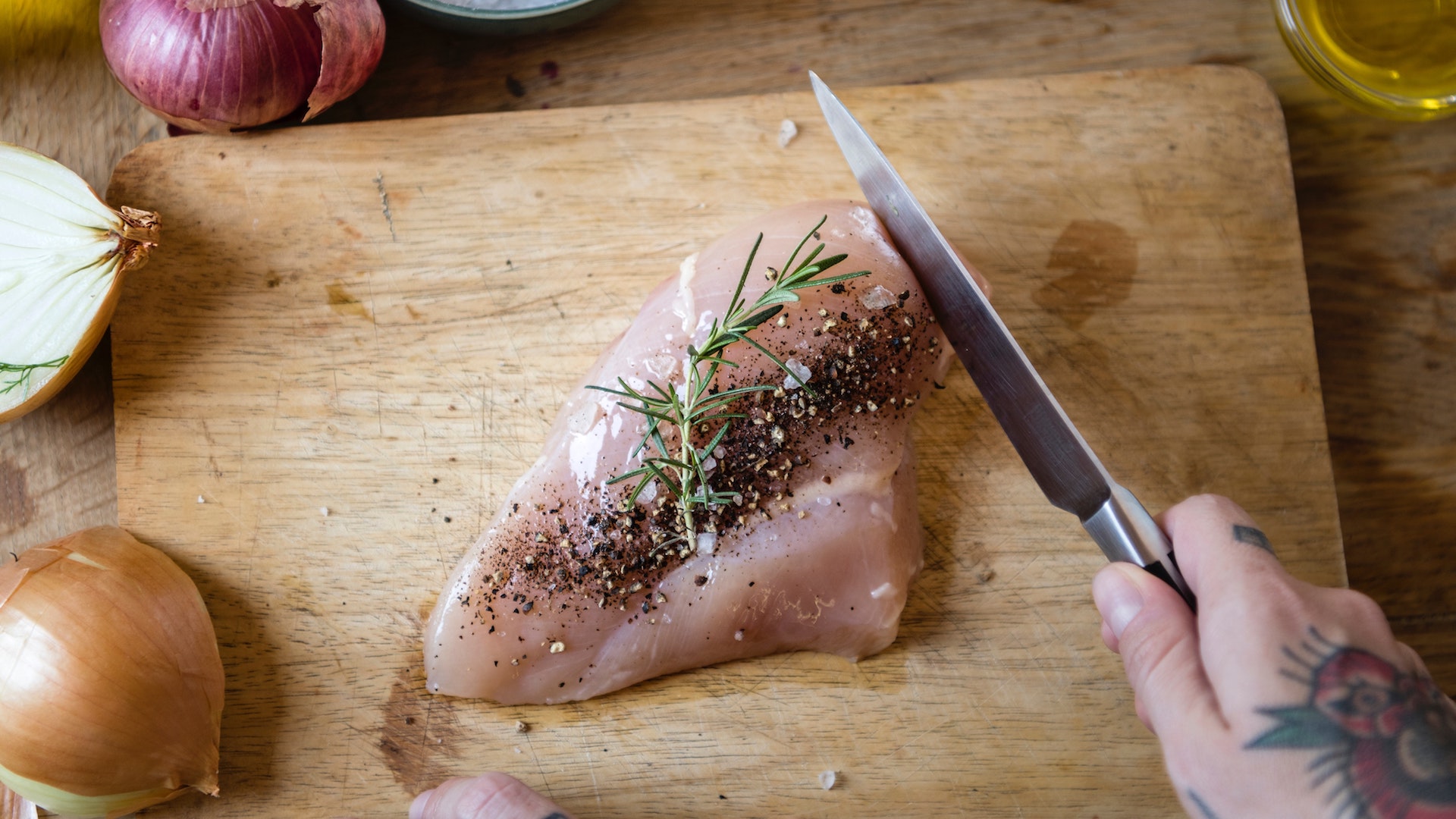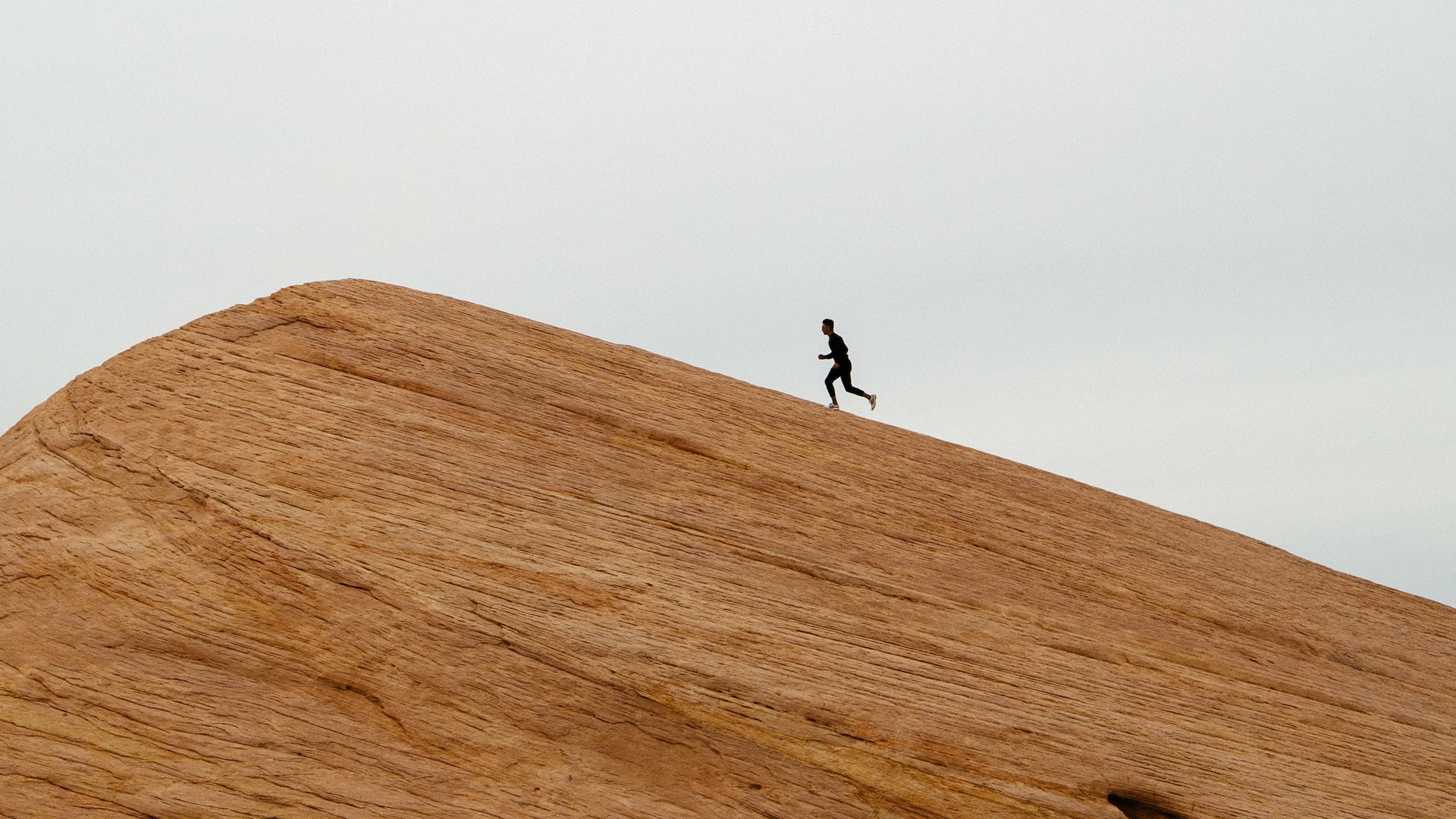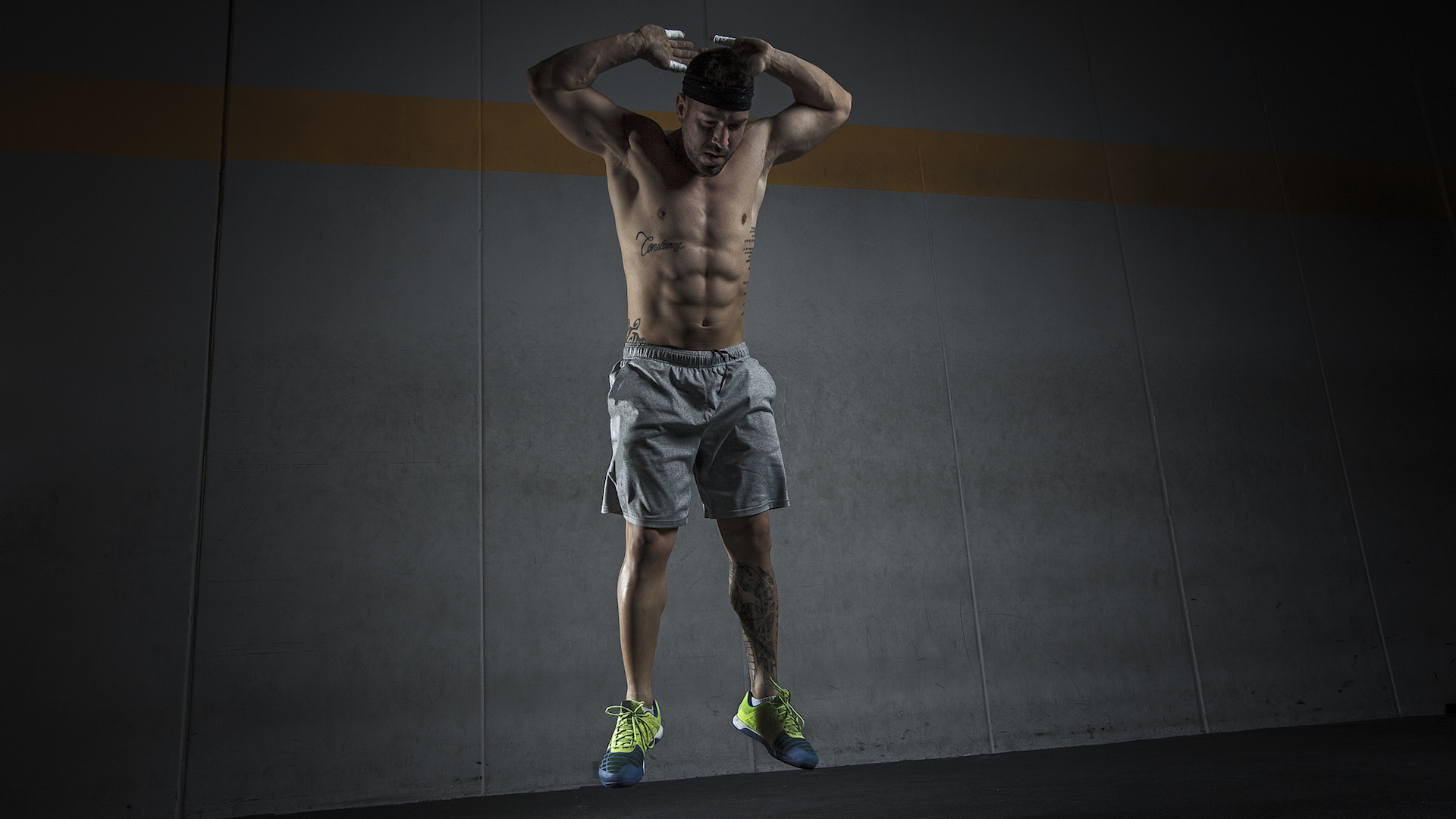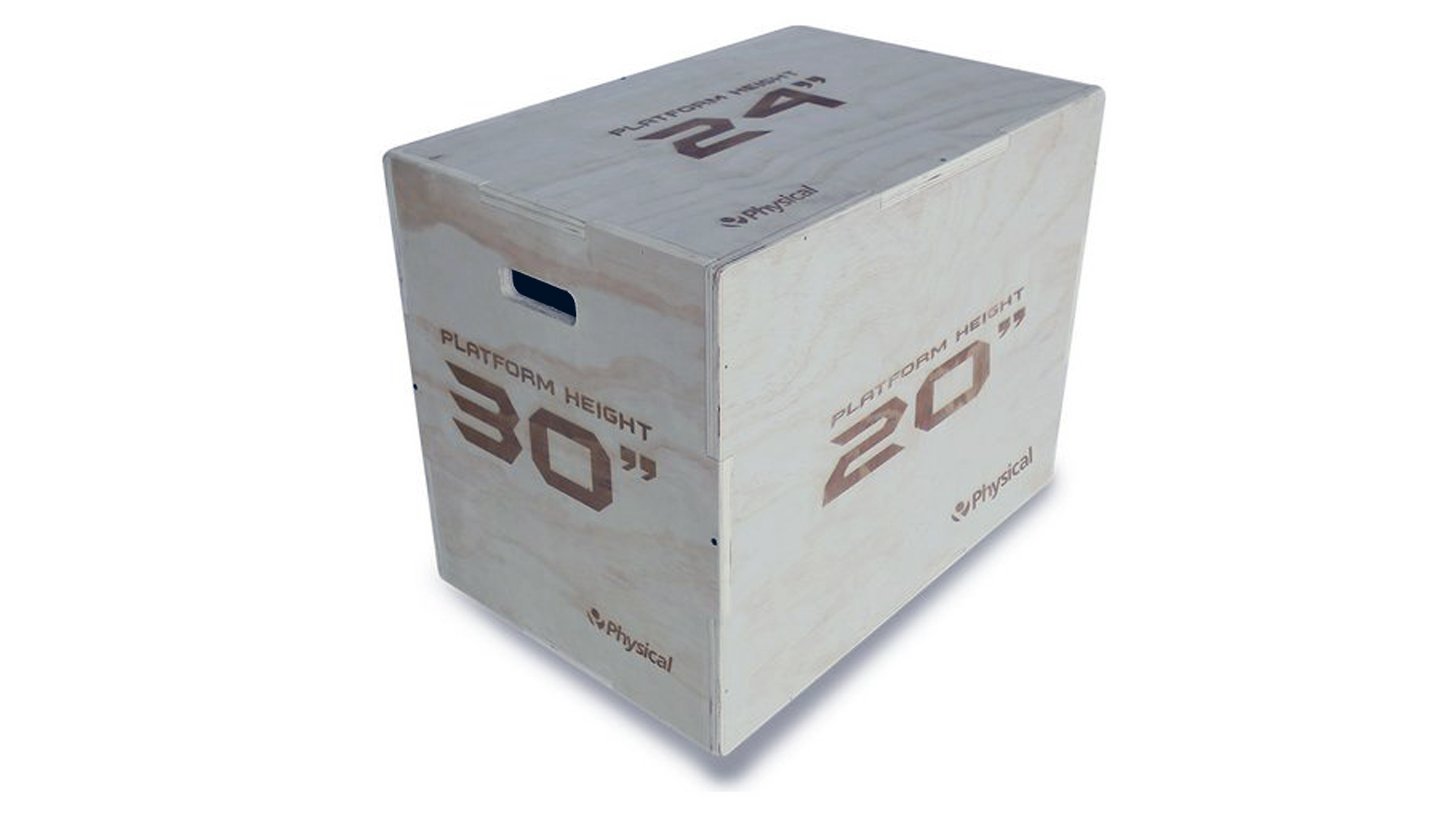

Despite what the sweaty fella in the gym tries to tell you, the idea of High Intensity Interval Training (HIIT) is nothing new. It has been around for absolutely ages.
Professional athletes were toying with the notion that bouts of extremely intense exercise, followed by short rest periods, would help condense efforts into shorter, more effective workouts.
• Read our full Nike Metcon 6 review
The idea comes in all sorts of packages - Tabata, Gibala, Zuniga and Vollaard, to name a few - but they all share one common trait and that is putting in maximum effort for a short period of time, recovering quickly and then repeating.
"Despite the fancy name, HIIT training simply means training at high intensity for short periods of time with rest or low intensity exercise in-between," explains former championship wrestler and founder of London based personal training company Right Path Fitness, Keith McNiven.
"It’s a great way to exercise because most of us can cope with pretty much any physical activity for 40 seconds or so. Psychologically, it’s much more achievable than, say, pounding a treadmill for 30 minutes or so.
"Results-wise, HIIT is one of the most efficient ways of burning fat and calories, and your body will carry on reaping the rewards for up to 24 hours after the workout ends," he adds.
Get all the latest news, reviews, deals and buying guides on gorgeous tech, home and active products from the T3 experts
- Why should you try HIIT? Here's 5 great reasons why
- What's metcon and is it good for getting fit at home?

A word on nutrition

Definitely cook the chicken first
The bottom line is, building muscle is an energy consuming process and your body is going to the need the correct fuel to not only get you through the workout, but to repair and heal the muscle fibres so they can grow.
"If you’re not taking in the right foods, then you can do all the exercises you want but you won’t get bigger muscles," explains Keith.
"What your body will do is grab onto your carb reserves. The result can be an actual loss of muscle mass and probably the opposite result that you want," he adds.
Getting nutrition right is key to fuelling your workouts and building muscle, so Keith recommends you should be aiming for around one gram of protein per pound of your body weight and 1.5 to 3 grams of carbohydrate per pound of your body weight per day.
Eating the right foods is one way of achieving this, or you can supplement your diet with all manner of protein shakes, bars and snacks, which make it easier to get the right numbers on-board. You could also try a complete meal replacement system such as Huel.
"With your nutrition right, you have the fuel you need for an intense training programme. Of course, if you’ve never trained before then jumping right into a muscle-building programme might not be for you, so always ensure you’re working at a pace and level that’s right for you and your fitness experience," he adds.
How to perform HIIT properly
One of the key benefits of HIIT is that the workouts can be adapted to any kind of exercise. Whether you like to run, cycle, swim, lift weights or do body weight exercises, you can tweak them so that they become a HIIT workout.
But what classifies as high intensity? High intensity means working as hard as you can and giving the exercise everything you’ve got for that short burst of time, say 40 seconds, then taking the intensity down for a shorter amount of time, typically 15-20 seconds.
"If you’re on the indoor spin bike, you’ll be pedalling as fast as you can for 40 seconds and then taking it down to a mild spin," Keith explains.
"Or, if you’re running, you’ll be sprinting for 40 seconds then jogging for 20. The main aim is to get to between 80-100 per cent of your maximum heart rate, which can simply be calculated as 220 minus your age, " he adds.
You might want to invest in a fitness tracker, which will allow you to keep an eye on your heart rate during a workout and also helps calculate max heart rate and heart rate zones from a few body metric details.
"It’s really easy to get started with a HIIT workout because you can use the pieces of kit you already have at home, invest in a few pieces or just go for it equipment-free," Keith says.
"Remember that high intensity doesn’t have to mean high impact, so if your joints can’t handle jumps, you can still work to a high intensity by swapping in lower impact alternatives, like swim sprints or intense cross-trainer work," he adds.

Yup, sprinting up a hill can be turned into a HIIT workout
The ultimate HIIT workout
For the following workout, Keith recommends you perform each exercise for 40 seconds as hard, fast and as intensely as possible, making sure form is strong, and then rest for 20 seconds.
Repeat this four times for each exercise, and you’ll have completed four minutes of that exercise. Then move onto the next.
This routine should only take you around 30 minutes to complete, so is great for those time-strapped individuals who want to squeeze a quick and effective session in at lunchtime or after work.
1. Jumping Jacks
After a quick dynamic warm up to stretch out your muscles (running on the spot or butt-kickers work well), start off with jumping jacks, keeping the knees slightly bent and putting the full range of motion into each movement of the arms and legs.
If you like, you can also add some light dumbbells to the jacks for added pain.

Burpees hurt but they burn fat fast
2. Burpees
These are a killer but get the heart rate soaring. To perform a proper burpee, start from standing and then squat down so the palms of your hands are on the floor and your knees are tucked into your chest.
Kick the legs back in an explosive fashion until you’re in a push up position, then pull the legs back in towards the hands and jump as high as you can with arms raised.
You could also add in some heavy weights (hexagonal dumbbells are best, as they don't roll) or special push up bars here for when you get to the push up position.
Keep them on the floor (making sure not to trip over them) and use them for the push up segment of the burpee to add an extra level of intensity.
- Is THIS the best core exercise ever?

Grab a plyo box for home and light up a HIIT session
3. Step-ups
Most gyms will have aerobics-style steps or soft plyo boxes you can use for this - the latter is basically a giant cube that you step or jump onto.
They come in different sizes, or can be positioned to offer multiple platform heights, so you can choose the intensity of the jump or step.
A step or a plyo box is an affordable but useful piece of kit that you might want to invest in for home use, or you could improvise with your stairs, a sturdy chair or even your bed.
Start by standing straight with the step or box in front of you and step up using your right foot and back down on the same right foot. Repeat this, but let the left foot lead next time, swapping each time.
Keep the intensity high for this move and ensure you are squeezing as many steps as possible into the 40 seconds without letting the form drop.

4. Mountain Climbers
Start in the plank position, resting on your palms and toes with elbows tucked in close to your body.
Bring your right knee in as close as you can towards your chest and return it to the starting position. Do the same with your left knee, then up the pace as soon as you get in the rhythm. Make this even harder by adding ankle weights.

The Tuck Jump: leaping from a rock optional
5. Tuck Jump
For this simple move, you’re going to get into a leaping position with arms out straight in front of you. Your aim is to jump high enough to allow your knees to hit the palms of your hands.
Jump in an explosive manner to keep the intensity high and try to keep the time between leaps as short a possible. It is best to land on the balls of your feet and explode back up again for maximum effect.

6. Skipping
A skipping rope is a great piece of kit to have at home, as it is cheap and easy to store. Keep the knees bent and legs together as you jump.
For a greater challenge, look for weighted ropes that allow you to increase the weight as your fitness improves.

7. Push-up
To finish off, it’s the move that is as old as time but one that's excellent for building muscle and stamina.
Start in full push-up position, with arms fully extended, and then lower your body until your chest reaches the floor. Return to the starting position by pushing back up with maximum force.
Perform these relatively quickly but don’t compromise on form and remember to inhale on the way down and exhale on the way up.
To make this move harder, you could use a weighted plate on your back (the kind that you put on either end of a barbell in the gym) or add in a clap, which really gets the pulse racing.
Leon has been writing about automotive and consumer tech for longer than he cares to divulge. When he’s not testing the latest fitness wearable and action camera, he’s out in a shed fawning over his motorcycles or trying not to kill himself on a mountain bike/surfboard/other extreme thing. He's also a man who knows his tools, and he's provided much of T3's drills coverage over the years, all without injuring himself.
